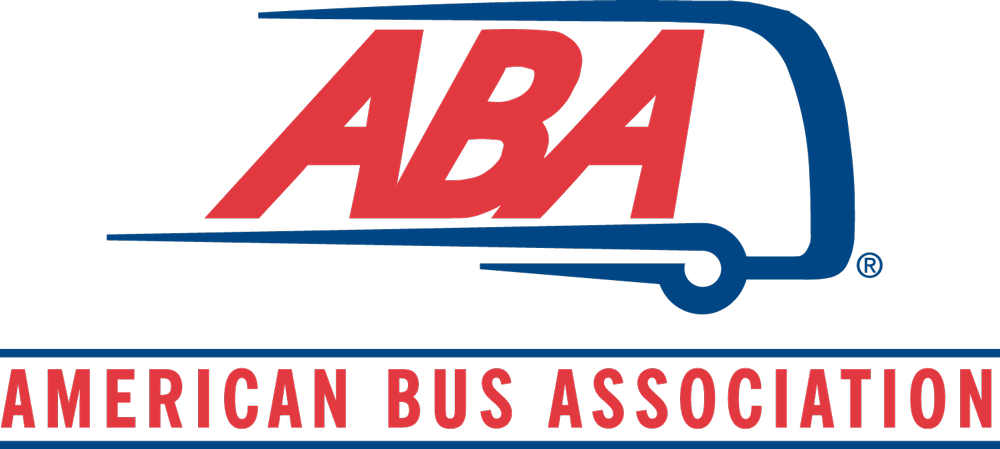Environment
Updated Emissions Report: Motorcoaches Remain Top Green Mode of Transportation
Released in January 2023, the Updated Comparison of Energy Use and Emissions from Different Transportation Modes Using the Latest Available Datasets is a continuation of the 2019 Updated Comparison of Energy Use & Emissions from Different Transportation Modes report. This updated report by the Texas A&M Transportation Institute and prepared for the ABA Foundation, utilizes the latest available information and emission rates to evaluate the environmental performance of motorcoach operations by comparing the energy use and amount of pollutants emitted during motorcoach operations to the use and emissions of other transportation modes.
Results
The results of this study are consistent with the results from the 2019 report—motorcoaches outperformed all other transportation modes in terms of energy efficiency and were among the best performing for all pollutant types modeled.

Related Studies:
Getting There Greener: The Guide to Your Lower-Carbon Vacation by the Union of Concerned Scientists
Excerpt: Motorcoaches and trains are a carbon bargain. Whether traveling with a family, with a partner, or alone, those seeking a carbon bargain should seriously consider rail and motorcoach travel. Intercity bus options have been on the upswing, as numerous regional carriers now provide coaches with very comfortable seats. And Amtrak offers everything from high-speed rail service in the Northeast to “auto trains” that enable long-distance travel without the wear and tear on your automobile. From a carbon perspective, motorcoaches and trains are among your lowest-emission options, especially on shorter (less than 500-mile) trips. Moreover, because motor coaches and trains are often underused, they may offer what amounts to a carbon “free ride.”
2019 Updated Comparison of Energy Use & Emissions from Different Transportation Modes by M.J Bradley & Associates
This analysis is intended to evaluate the environmental performance of Highway Motorcoach operations, by comparing the energy use, and carbon dioxide (CO2), nitrogen oxide (NOx), and particulate matter (PM) emissions of motorcoaches with the energy use and emissions of other common transportation vehicles/modes. This analysis is an update of a similar March 2014 analysis conducted by M.J Bradley & Associates for the American Bus Association Foundation.
Including motorcoaches, a total of thirteen transportation modes are included in the analysis, as follows: highway motorcoach, private automobile, heavy urban rail, light rail, commuter rail, intercity rail, domestic air travel, urban transit bus, electric trolley bus, ferry boat, van pool, demand response, and transportation network companies (TNC).
